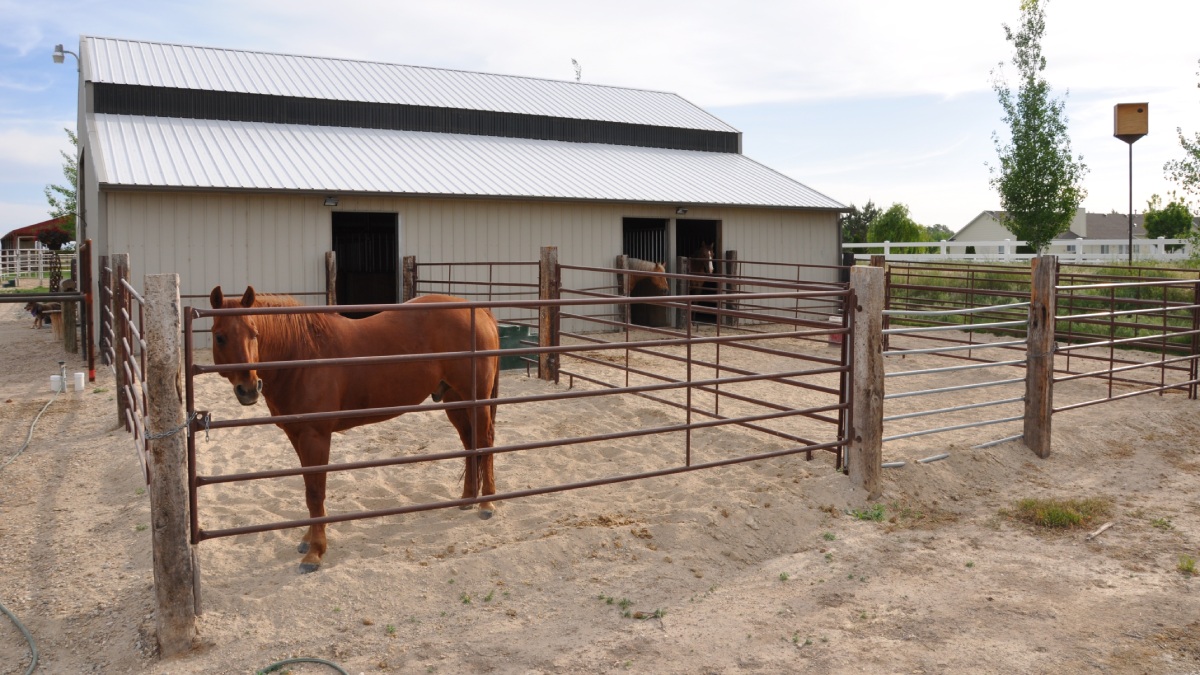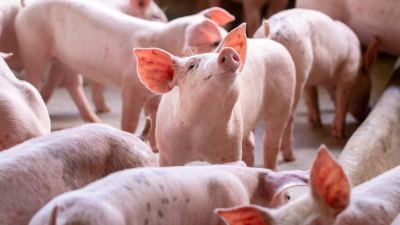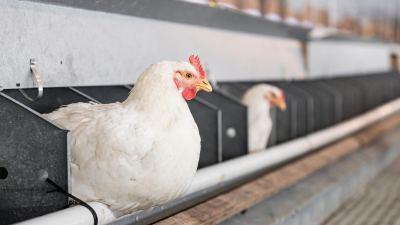Creating a mud-free confinement area for your horse
A confinement area is meant to be your horse's outdoor living quarters. It’s important to design this area so it provides opportunities for both physical and mental stimulation for your horse — but also so it’s mud-free and chore-efficient for you, which is especially important as we head into winter, with all its chore-efficiency challenges.
One of the key aspects of improving pasture production and overall equine management is the time when you take your horses off your pasture. In the winter, keeping horses off saturated, rain-soaked soils and dormant or frozen pasture plants is critical for pasture management and will help you maintain a healthy stand of grass next summer. Soggy soils or dormant grass plants simply cannot survive continuous grazing and trampling in the winter months, so they die out, giving weeds — and dust, in bare spots — the chance to take their place next summer.
You can greatly improve the health and productivity of your pastures by keeping your horse in a confinement area during the pasture’s dormant winter months. Additionally, you can utilize this area during the summer to keep your pastures from becoming overgrazed.
%20(1).jpg)
Here are some points to consider when creating a chore-efficient, mud-free confinement area:
- The amount of land you have available, the number of horses you have, their ages and temperaments, and the amount of regular exercise they receive should all play a role in determining the size of your confinement area.
- The size of the area can vary from a place where they can move around a bit (e.g., 16’ x 16’) to a long, narrow enclosure where a horse can run or play in its paddock. For that setup, you might create an area 20 or 30 feet wide and 100 feet in length.
- Locate this area on higher ground for better drainage and away from creeks, wetlands or other bodies of water to prevent any polluted runoff (from manure, urine or mud) from reaching these areas and contaminating them.
.jpg)
- For chore efficiency, your confinement area should be conveniently located near your barn, hay storage and manure compost sites to make it easy for you to care for your horse while also maintaining the confinement area.
- A good option is to offer one paddock per horse set up like a “run” from a stall or shelter. This gives the horse free access to a clean, dry place to eat. When choosing a location, try to pick a place that makes it convenient for you to feed in this area.
- Pick up manure every one to three days to help reduce your horse's parasite load and to avoid creating a habitat for flies and insects — along with annoying winter mud.
- To reduce erosion and improve drainage, use some type of footing — at least in the highest-traffic areas — around gates, by stock watering areas or in front of stalls. Popular footing choices include crushed rock (no larger than 5/8 inch) or coarse washed sand. Footing should be 2 to 4 inches deep.
%20(1).jpg)
- Install rain gutters and downspouts on any roofs surrounding your winter paddock. Divert clean rainwater to nearby vegetation via a rain barrel or cistern or into a rain garden or an undisturbed area of woods. Diverting clean rainwater away from your horse’s confinement area reduces the amount of mud they (and you) have to deal with. It also prevents manure and urine from being washed out of the paddock and into nearby bodies of water.
- Choose the very safest fencing you can for your winter paddock. Whatever type of fencing you choose, you may want to reinforce it with some type of electric tape or power fencing to make the fencing a “psychological barrier” (i.e., one horses choose to avoid).
- Ensure that your building corners are safe and that there are no protruding objects that could hurt a horse, such as bolt ends, nails, boards or the tops of metal T-posts. Watch out for the corners of roofs and the bottom edges of metal buildings. There should be no wires or electrical cords hanging in the yard and absolutely no junk, garbage or machinery in this area.
%20(1).jpg)
- The gates in confinement areas need to be adequately sized for the types of truck deliveries you expect or equipment you will use (such as for gravel or sand for footing or to get tractors in and out to move that footing).
- Even though your horses can move around in their confinement areas, they still need regular exercise. Plan for and maintain a regular exercise program for your horse that includes at least two or three exercise sessions per week that last a minimum of 30 minutes each. This can include ride time, lunging, in-hand groundwork or maybe even turnout time with other horses.

Sand footing is easy to clean, improves drainage, and comfortable for horses.
For ideas on how to provide equine enrichment and mental stimulation for horses in their confinement areas, see my previous article on various equine enrichment opportunities. In addition, my article on composting horse manure will help you set up a system for managing the manure collected in your confinement area.
Creating and utilizing a mud-free confinement area will lead to greater chore efficiency for you this winter, along with fewer muck-related horse health issues. It will also lead to more productive pastures next grazing season. Improved pastures offer a cost-savings for you through greater pasture productivity and less money spent on supplemental feed. These efforts add up to a prettier picture for you and your community to enjoy, along with a more sustainable future for all.
















